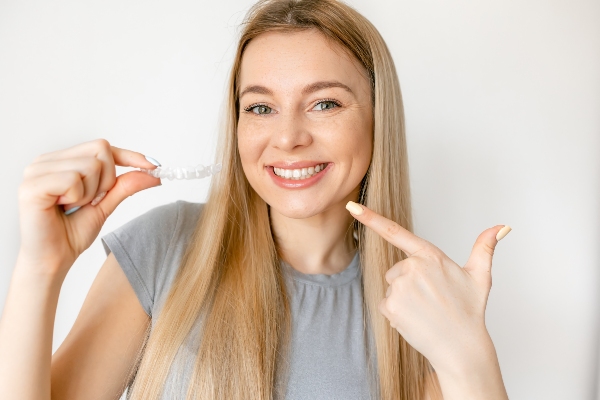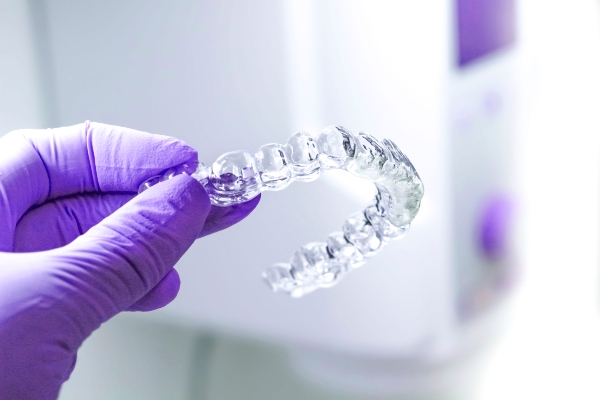 A kids dentist can offer personalized care to your growing child. Ideally, a child’s dentist should care for young patients throughout their childhood years. They should form a relationship with each child and monitor all aspects of their oral health.
A kids dentist can offer personalized care to your growing child. Ideally, a child’s dentist should care for young patients throughout their childhood years. They should form a relationship with each child and monitor all aspects of their oral health.
Pediatric dentists spend much of their time charting the developmental milestones of young patients. They provide preventative care that helps their patients’ teeth and jaws stay healthy. One aspect of this care is guidance for parents dealing with their children’s thumb sucking.
What a kids dentist does for their patients
A kids dentist works with caregivers and children to ensure a healthy smile in the short and long term. They provide holistic care that involves monitoring the growth and development of the patient’s mouth. This mainly involves tracking the eruption of milk teeth and keeping tabs on the growth of the jaws.
For this reason, a dentist will always advise caregivers to schedule a child’s first dental visit when the teeth start to erupt. This is what to expect from these routine visits:
- The pediatric dentist will examine the child’s gums, teeth, and jaws
- They will advise the parents/caregivers on their child’s diet and oral hygiene
- The dentist will also guide parents on how to help their children to quit habits like thumb sucking
Children’s dentists use their knowledge of child behavior to recommend tools and techniques to gradually wean children from undesirable oral habits. Here are a few techniques that caregivers can use to manage thumb sucking.
1. Talk to the toddler
The child has a central role in the process of stopping thumb sucking. So, talk with them about it, discussing the consequences without scaring them.
2. Make a game out of the effort to stop thumb sucking
A clever tactic in changing a child’s behavior is to get the kid to invest in the effort of change. Create small, short-term goals that a young child can achieve and design rewards that they will enjoy when they reach those goals.
Typically, the goals are short slices of time during which the child keeps their fingers out of their mouth. Parents can mix this main goal with other goals that may be more fun. This way, the child associates the less-pleasant task with an easier, more enjoyable one. The rewards should be things that the child enjoys, which serve as motivation and a source of fun.
3. Use the child’s favorite characters as a point of reference
Hopefully, the child’s favorite character from their favorite show does not suck their thumb. Present the character as a goal that the child can aspire to. Then, talk the child into imitating the character’s lack of thumb sucking.
4. Use a comfortable device on the child’s thumb
Pediatricians can provide a wearable device that fits nicely over the child’s finger. The device should be comfortable and roomy but hard for the child to remove. It should also be large enough to be a bad fit in the mouth. Use the device for short durations at first, then slowly increase the amount of time that the child spends wearing the appliance.
Get holistic dental care for your young one
Our kids dentist offers preventative and corrective oral care for children of all ages. Reach our offices using the contacts on this page and get answers to all your questions.
Request an appointment or call Precision Orthodontics & Pediatric Dentistry at 703-391-8800 for an appointment in our Reston office.
Recent Posts
Cavity treatment for kids can help children maintain their long-term oral health. Tooth decay in children can lead to discomfort, infection, and long-term dental complications if left untreated. Fortunately, early detection and appropriate pediatric dental care can prevent complications and support healthy oral development as children grow up.Cavities develop when bacteria in the mouth feed…
An emergency pediatric dentist is a parent’s go-to resource when unexpected dental issues arise. From accidents to sudden pain, these dental providers offer specialized care to restore children’s oral health and comfort quickly. Understanding their role and the treatments they offer empowers parents to handle dental emergencies with confidence, ensuring prompt, compassionate care for every…
Calcium and vitamins have important pediatric dental benefits for your child. They help their bones grow and develop, as well as help with their tooth development. Besides brushing and flossing regularly, children also need to have balanced nutrition for healthy teeth and gums. This article covers the importance of calcium and vitamins, so parents can…


